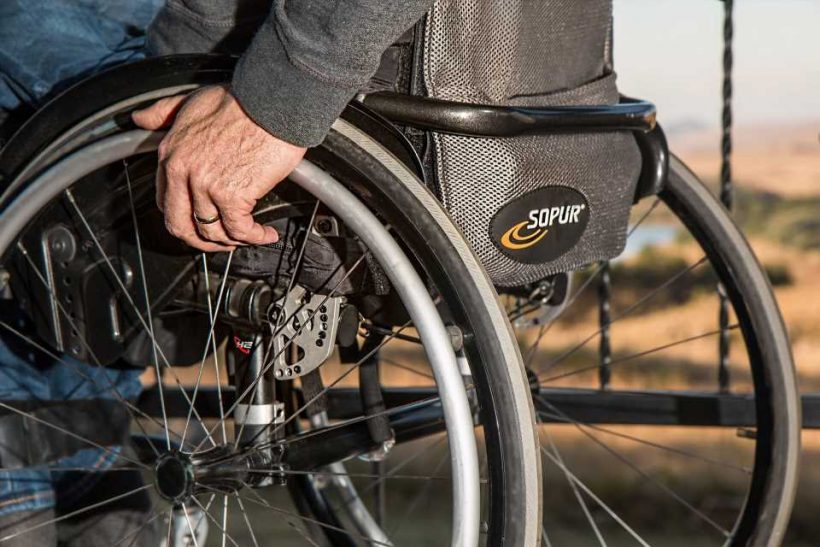
Wheelchair users can periodically suffer from skin ulcers or sores caused by friction, pressure, and shear stresses where their skin is constantly in contact with the synthetic materials of their wheelchair. Pressure sores can become a chronic problem, always susceptible to serious infection or additional damage to the skin. New research in the International Journal of Biomedical Engineering and Technology, looks at how a load-distribution approach can be used to customize wheelchairs for their users to avoid such pressure sores.
Sivasankar Arumugam, Rajesh Ranganathan, and T. Ravi of the Coimbatore Institute of Technology in India, point out that every wheelchair user is different, different body shape, weight, posture, and different mobility of issues. As such, a single answer to the problem of pressure ulcers is not feasible if all wheelchair users are to be helped. Their studies with a group of volunteer users reveal, based on pressure measurements, that individual customization is needed for each user to reduce the shear and frictional forces that lead to pressure ulcers.
Wheelchair patients who spend prolonged periods of time sitting, due to a range of health problems such as spinal cord injury (SCI), paraplegia, tetraplegia, and quadriplegia are at risk of pressure ulcers. When seated, approximately three-quarters of one’s total body weight is distributed through the buttocks and the back of the thighs. Commonly wheelchair users have reduced musculature in that part of the body and so less ability to resist the very tissue deformation that makes those tissues susceptible to damage leading to ulceration. Generic cushions for wheelchairs by virtue of their off-the-shelf disease offer no customization to suit a particular wheelchair user and so give only limited protection from the development of pressure ulcers.
Source: Read Full Article
